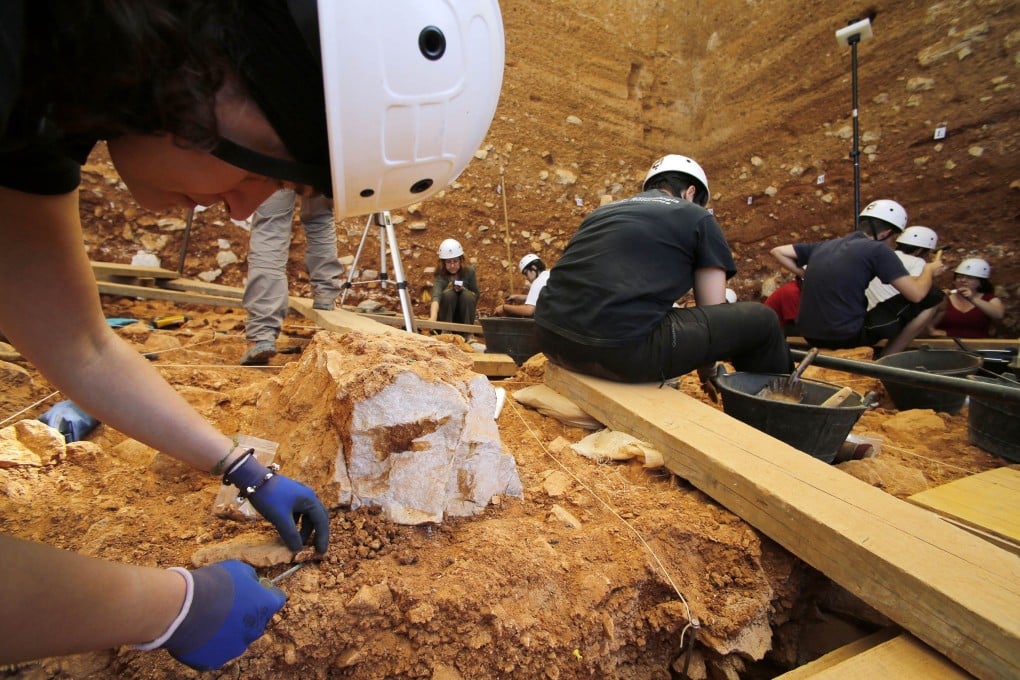Exclusive | Lost and found: two million-year-old 'playground' discovered in northern China
Researchers have discovered what could be a “playground” of early hominids nearly two million years ago.

At an eroded basin in Hebei province researchers have discovered what could be a “playground” of early hominids nearly two million years ago.
Examination of stone artefacts between 1.77 and 1.95 million years old suggested that they could be toys played with by children.
“This is an amazing discovery,” said professor Wei Qi, paleoanthropologist with the Chinese Academy of Sciences and lead scientist of the project at the Heitugou site in Nihewan basin, Yangyuan county.
“The site is a treasure chamber that may hold some useful clues to answer a lot of important questions, from the social structure of the early hominids to whether, when and how they arrived in Asia all the way from Africa.”
The “playground” was not big, but seemingly bustling with activity.
In an area less than six square meters, scientists found more than 700 stone artefacts with nearly 20,000 fragmented pieces.